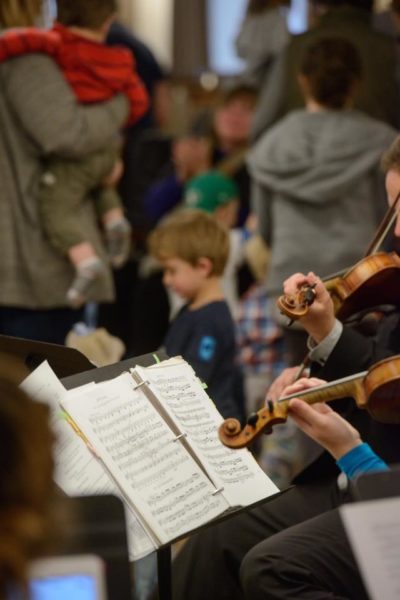Silver medalist and laureate of the Krystian Zimerman award of the best sonata at the International Chopin Piano Competition in 2015, Charles Richard-Hamelin is standing out as one of the most important pianists of his generation. He also won the second prize at the Montreal International Musical Competition and the third prize and special award for the best performance of a Beethoven sonata at the Seoul International Music Competition in South Korea. In April 2015, he was awarded the prestigious Career Development Award offered by the Women’s Musical Club of Toronto.
He has appeared in various prestigious festivals including the Prague Spring Festival, La Roque d’Anthéron in France, “Chopin and his Europe” Festival in Warsaw and the Lanaudière Festival in Canada. As a soloist, he has performed with various ensembles including the Warsaw Philharmonic Orchestra, Montreal Symphony Orchestra, Toronto Symphony Orchestra, Poznan Philharmonic Orchestra, Beethoven Academy Orchestra, Orchestre Métropolitain de Montréal, OFUNAM (Mexico), Korean Symphony Orchestra and I Musici de Montréal.
Originally from Lanaudière in Québec, Charles Richard-Hamelin studied with Paul Surdulescu, Sara Laimon, Boris Berman and André Laplante. He obtained a bachelor’s degree in performance from McGill University in 2011 and a master’s degree from the Yale School of Music in 2013 and received full scholarships in both institutions. He also completed an Artist Diploma program at the Conservatoire de Musique de Montréal in 2016 and currently takes lessons on a regular basis with pianist Jean Saulnier. His first solo CD, which features late works by Chopin, was released on the Analekta label in September 2015 and received widespread acclaim from critics throughout the world (Diapason, BBC Music Magazine, Le Devoir).
press
“The fondamental qualities that we’ve always seen in this pianist remain the same : a real sonority that comes from his entire body, a large palette of colors and a real poetic sense. With his recent gain of freedom and experience, a true discourse emerges. […] His conduct is always impeccable. By conduct, I mean the architectural and emotional conception of a work, the tempo and mood relations, the dynamic layering. Additionally, when appropriate, a highly sensitive ear to the art of transition. That is exactly what gave him high marks in Warsaw, giving listeners the impression of living an experience, especially in the Third Sonata.”
Christophe Huss, Le Devoir (November 27, 2015)
“I had been waiting for such a performance since the beginning of the Competition. The man is every inch an artist, an extraordinarily mature musician who focuses on the beauty of Chopin’s works, which he performs with a high degree of consciousness. He is one of the few who can find a wise balance between the spirit of Chopin and his own individuality, which he demonstrated, for instance, in his masterful interpretation of the Ballade in A-flat major.”
Róża Światczyńska, Polish Radio 2 (October 7, 2015)
“His sense of time, his sense of harmony, above all his structural originalities are immensely sophisticated and daring. Richard-Hamelin seemed to be aware of the total Chopin – not just melting us with liquid line after liquid line of Chopin’s famous melodies, but exposing inner voices and harmonic twists in both left and right hands, and illuminating Chopin’s extraordinary structural gambits, especially in his Third Sonata which closed the program. At the end of a very long program of Chopin, Hamelin entranced his audience with the soft languor of his playing at one moment, passage-work that was always musical at another, bravura playing at yet another. He is an artist firmly on a unique and original path.”
Robert Harris, The Globe and Mail (January 17, 2016)
Aside from Cho’s epic performance, second-place winner Charles Richard-Hamelin also received much-earned roaring applause for his interpretation of Chopin’s Piano Sonata No. 3 in B Minor, Op. 58. Richard-Hamelin’s set was so elegantly executed that one couldn’t help but be baffled that his performance was ranked second.
Julie Jackson, The Korea Herald (February 3, 2016)
“Charles Richard-Hamelin’s cultivated playing showed in the emotional depth of his A flat major Ballade.”
John Allison, The Telegraph (October 22, 2015)
“Charles Richard-Hamelin ended the semis with a superbly absorbing concert where he seemed to follow his hands like a child after a butterfly. After an astonishing Pour le Piano by Debussy and some sweetly imaginative Scriabin, he performed Chopin’s Sonata No. 3 opulently and with unbelievable ease. He transmits love for the instrument.”
Lev Bratishenko, The Gazette (June 1, 2014)
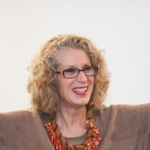
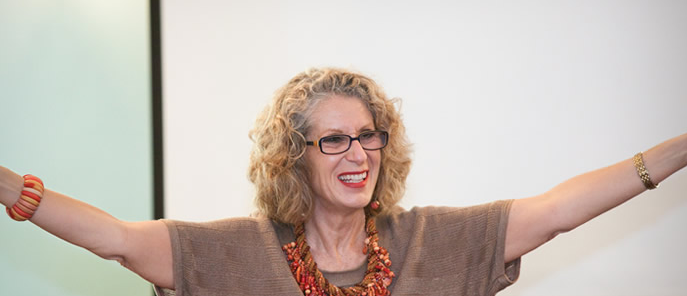
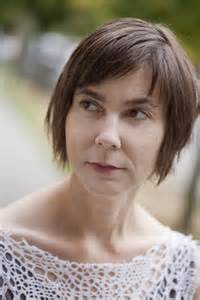 Morlock’s international career was launched at the 1999 International Society for Contemporary Music’s World Music Days with Romanian performances of her quartet Bird in the Tangled Sky. Since then, she has become the composer of record for significant music competitions, including the 2008 Eckhardt-Gramatté National Music Competition and the 2005 Montreal International Music Competition, for which she wrote
Morlock’s international career was launched at the 1999 International Society for Contemporary Music’s World Music Days with Romanian performances of her quartet Bird in the Tangled Sky. Since then, she has become the composer of record for significant music competitions, including the 2008 Eckhardt-Gramatté National Music Competition and the 2005 Montreal International Music Competition, for which she wrote 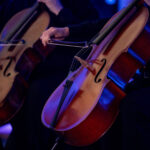
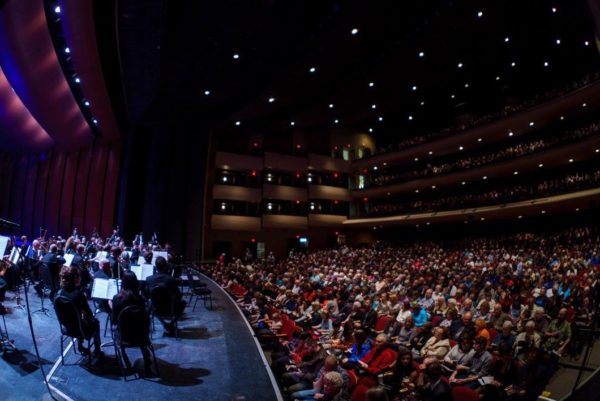 On this particular day, I was asked an important question. She asked me what my plans were.
On this particular day, I was asked an important question. She asked me what my plans were. 